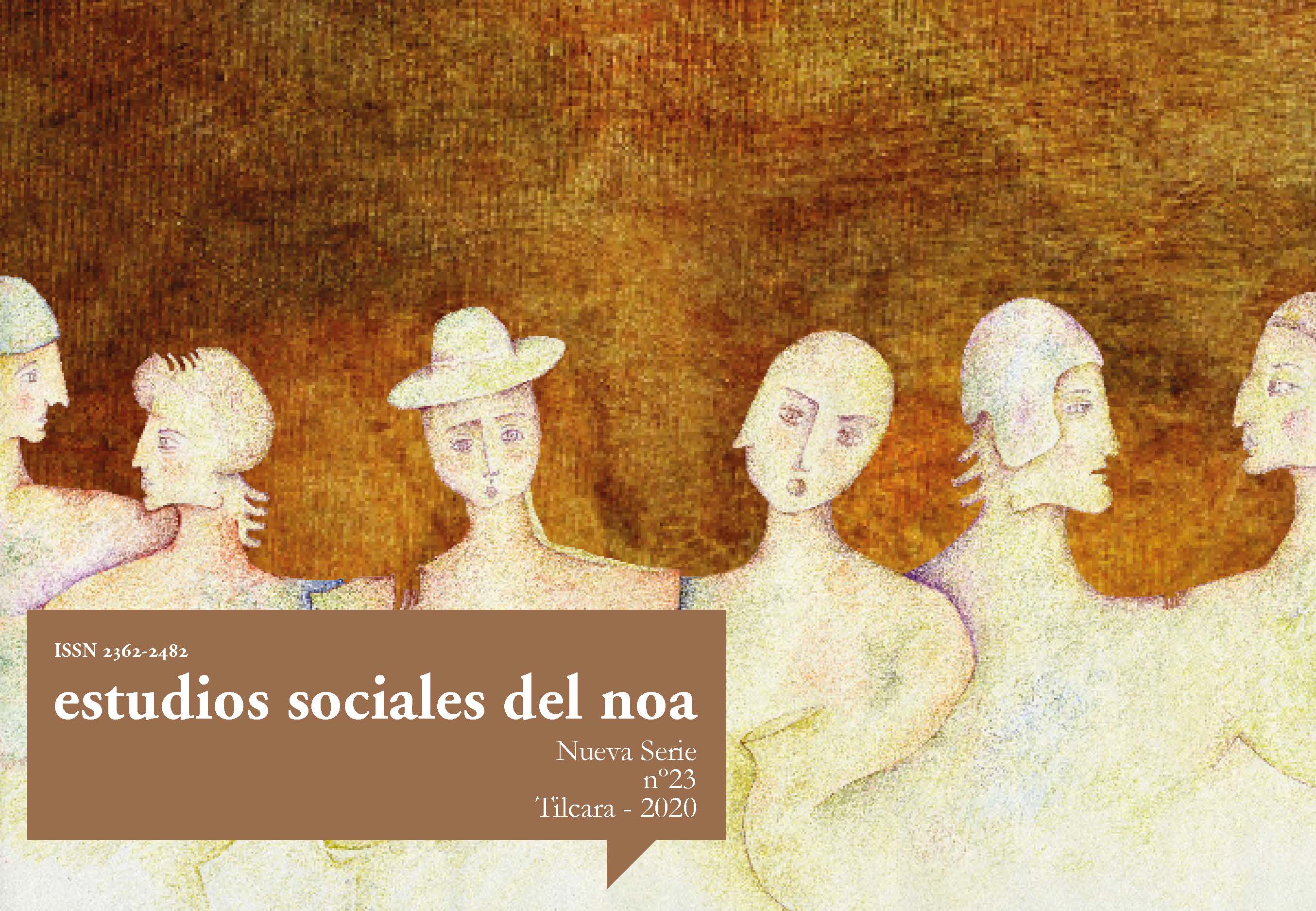Revisitando Cochinoca: resultados del análisis de la muestra ósea de Cochinoca 1, puna de la provincia de Jujuy, Argentina
Resumen
En este trabajo de investigación presentamos los resultados que obtuvimos del análisis de una muestra ósea animal procedente del sitio arqueológico Cochinoca 1, ubicado en la localidad homónima de la puna de la provincia de Jujuy, Argentina. Los interrogantes que planteamos para la investigación son tres: determinar la proporción de animales silvestres en el conjunto óseo con el objetivo de discutir la importancia que tuvieron para las comunidades humanas; descubrir la estrategia de los pastores vinculada al manejo de los rebaños de llamas; y definir qué especies animales y partes de los esqueletos se aprovechaban para discutir si existió un acceso diferencial a las distintas partes. Utilizando algunas de las herramientas metodológicas que ofrece la zooarqueología, pudimos obtener resultados que nos permitieron discutir estos interrogantes, y arribar así a interpretaciones que dan cuenta de que los animales silvestres no fueron importantes para las personas que habitaron el sitio, salvo en el caso de los camélidos, grupo en el cual los silvestres aparecen representados aunque siempre en cantidades menores a las de los domesticados y frente a los que los pastores optaron por un manejo de los rebaños orientado principalmente a la cría de animales para el consumo de carne y, en menor medida, para tareas de carga.Descargas
Los/as autores/as que publiquen en esta revista aceptan las siguientes condiciones:
- Los/as autores/as o traductores/as conservan los derechos de autor y ceden a la revista el derecho de la primera publicación, con el trabajo registrado con Licencia Creative Commons Atribución-NoComercial-CompartirIgual 4.0 Internacional, que permite a terceros utilizar lo publicado siempre que mencionen la autoría del trabajo y la primera publicación en esta revista.
- Los/as autores/as pueden realizar otros acuerdos contractuales independientes y adicionales para la distribución no exclusiva de la versión del artículo publicado en ESNOA (p. ej., incluirlo en un repositorio institucional o publicarlo en un libro) siempre que indiquen claramente que el trabajo se publicó por primera vez en esta revista.












